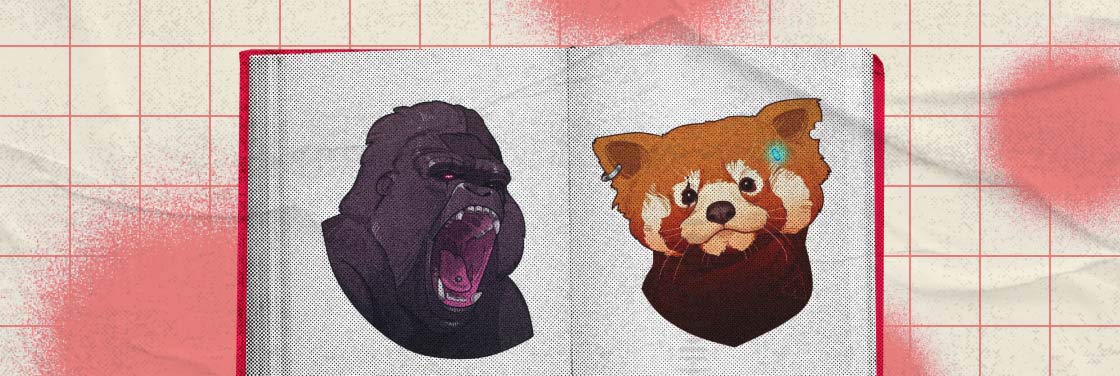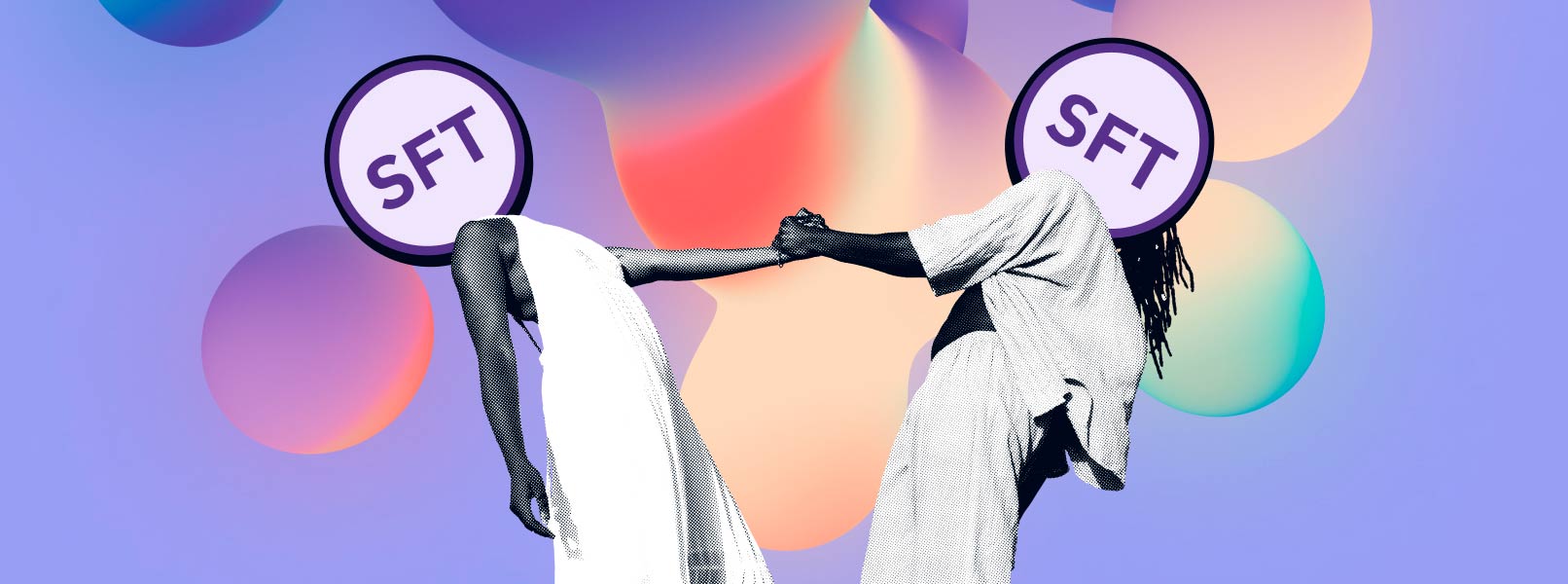Changes in the IUCN Red List will be recorded in the TON Animals Red List NFT collection.

The project creators announced an upcoming update to the TON Animals Red List collection after the International Union for Conservation of Nature (IUCN) renews animal conservation statuses on July 21, 2022. The Red List is traditionally updated every six months, and the collection’s creators will change their NFTs according to the changes in the list.
Such changes are now only possible on TON, a third-generation Proof-of-Stake blockchain that features the necessary technical resources for these changes.
TON Animals Red List is a collection of 13,333 unique NFTs. Each token contains a hand-drawn image of one of the animals included in the Red List. The conservation statuses are recorded in NFTs through a tagging system.
Rarity grades:
- Critically Endangered (CR) — a species with no more than a few hundred specimens in the wild.
- Endangered (EN) — a species with a fairly high number of specimens, but for certain reasons, it cannot yet be said that it will not disappear within a few years.
- Vulnerable (VU) — a large species which is still endangered for certain reasons, e.g., deforestation.
Once the changes are made, the NFT will have “paws,” indicating the animal’s current rarity status. The entire history of status changes for each animal will be stored in the NFT.
This kind of NFT record of changes in the real world is the first in the crypto market history. It is called NFT-editable in the programming language.
The project creators conceived of making changes in tokens from the very beginning, as all NFTs are tied to real animals included in the Red List. The animal’s rarity status adds value to the token.
“We understand that such updates have an ethical aspect. Token owners find themselves interested in having their “animal” become extinct sooner, so the NFT value goes up. However, the rarest are the statuses of not an extinct, but “revived” animal. For example, the animal was considered extinct, but after some time, a few specimens were found, and the status changed,” — said Sergey Romanov, CMO and co-founder of the project.
Now there are over 84,000 species in the Red List. 16,976 of them are endangered. Animals can become rarer, recover their population or become extinct, which is recorded during the update carried out by the IUCN.








